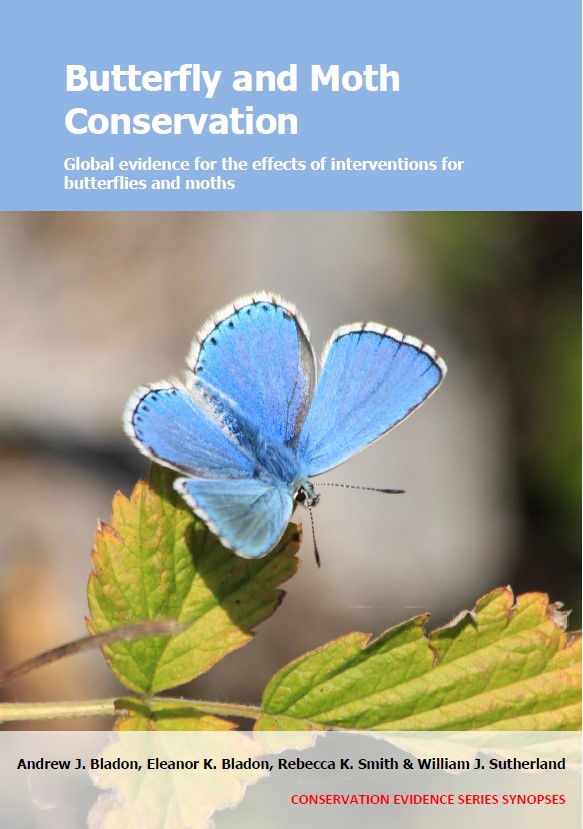Retain or plant trees to act as windbreaks
-
Overall effectiveness category Awaiting assessment
-
Number of studies: 1
View assessment score
Hide assessment score
How is the evidence assessed?
-
Effectiveness
not assessed -
Certainty
not assessed -
Harms
not assessed
Study locations
Supporting evidence from individual studies
A site comparison study in 2003 in a grassland in Uppsala, Sweden (Söderström & Hedblom 2007) reported that grassland strips providing shelter were more likely to be used by one of four butterfly species than strips providing nectar resources or strips with no resources. Results were not tested for statistical significance. Of 27 mazarine blue Polyommatus semiargus released on a sheltered strip with few flowers, 11 flew along it, compared to 4/29 on a flower-rich strip with no shelter, and 5/29 on a strip with no shelter and few flowers. Of 27 pearly heath Coenonympha arcania released on the sheltered strip, 4 flew along it, compared to 12/31 released on the flower-rich strip and 5/30 on the unsheltered strip with few flowers. The numbers of common blue Polyommatus icarus and ringlet Aphantophus hyperantus which flew along strips were similar between strip types (see paper for details). Three 30 × 2 m strips of long grass (21–28 cm high) were created in a field. One strip had nectar resources removed but was sheltered by a plantation on one side, one had abundant nectar resources but no shelter, and one had neither shelter nor nectar resources. The surrounding grassland was cut to 2–4 cm. From 27 June–16 July 2003, butterflies were caught in the morning in six grasslands, and transported to the experimental site (<20 km). Each day, 2–4 individuals/species were released, one-by-one, from the north end of each strip. Butterflies were followed for two minutes, and the distance and direction travelled were recorded.
Study and other actions tested
Where has this evidence come from?
List of journals searched by synopsis
All the journals searched for all synopses
This Action forms part of the Action Synopsis:
Butterfly and Moth Conservation
Butterfly and Moth Conservation - Published 2023
Butterfly and Moth Synopsis





)_2023.JPG)














